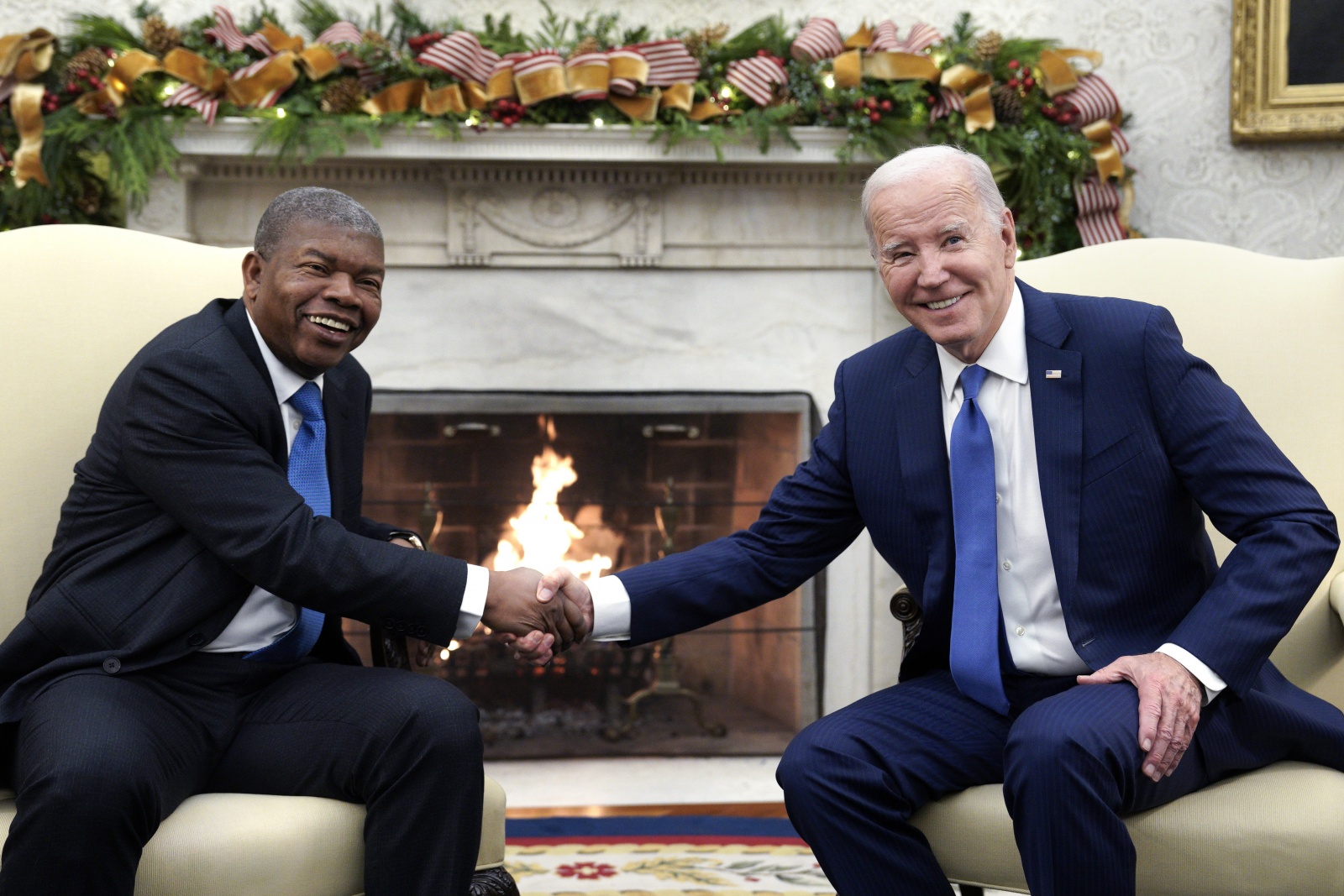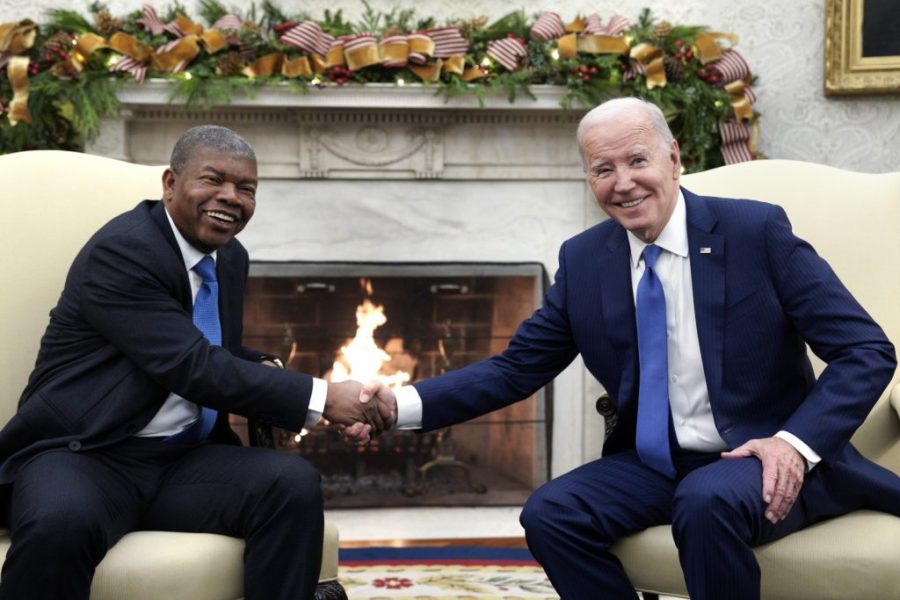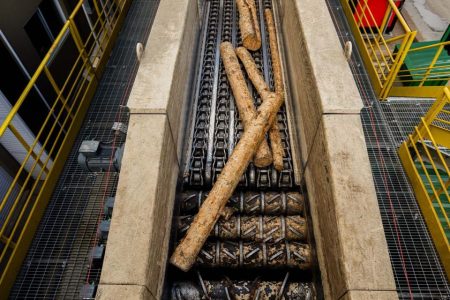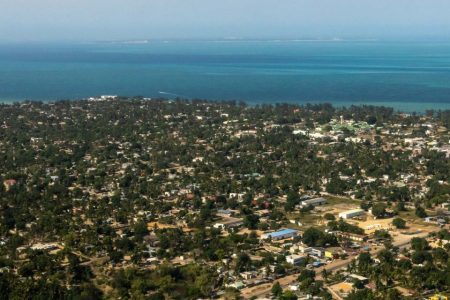The United States is set to invest more than US$2 billion in Angola in a bid to position itself as an alternative source of financing to China, according to reports.
More than US$1 billion in US investment has been committed this year to fund solar power, bridges and internet infrastructure. A further US$1 billion has been offered to fund the Lobito Corridor – the strategically important connection running from Zambia to the Angolan coast – as part of the G7’s Partnership for Global Infrastructure and Investment launched last year.
President Joe Biden praised the first-of-its-kind project as “the biggest US rail investment in Africa ever,” noting that the Lobito Corridor promises to “create jobs and connect markets for generations to come.”
[See more: Angola home to 36 of top 51 most critical world minerals: official]
The Lobito Corridor projects, including the refurbishment of the 1,300-km Lobito Atlantic Railway line and the US-EU joint project to build a new 800-km rail line connecting Angola and Zambia via the Democratic Republic of the Congo, are also considered a key step in developing clean energy supply chains to fuel Angola’s green transition. All three African countries are major producers of critical minerals like copper and cobalt.
Since the end of the civil war in 2002, Angola has relied on massive Chinese investment to fund its reconstruction, accounting for more than a quarter (US$45 billion) of China’s total spending on the continent between 2000 and 2022. The oil-backed loans pioneered by China offered easy access to Chinese funding – until oil prices fell.
China’s “lending spree has come to a hard stop,” Dominik Kopinski, co-founder of the Polish Centre for African Studies, told media. While relations between the countries remain friendly, Angola sees Western investment as an opportunity to expand its financial and geopolitical options.






